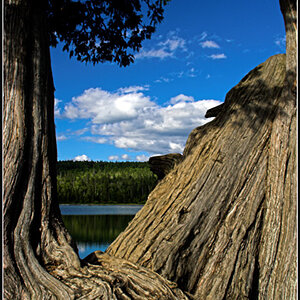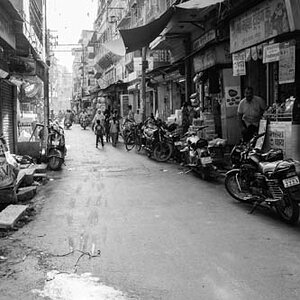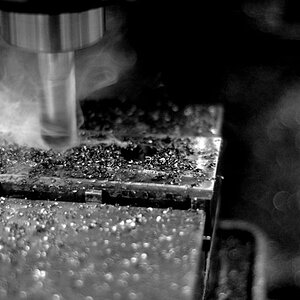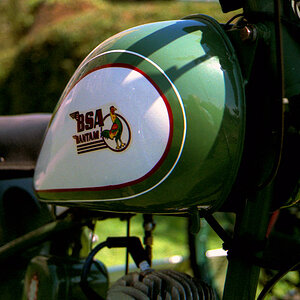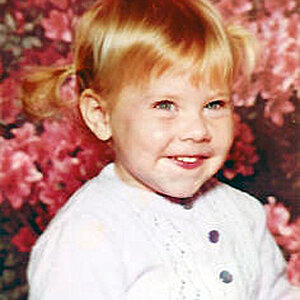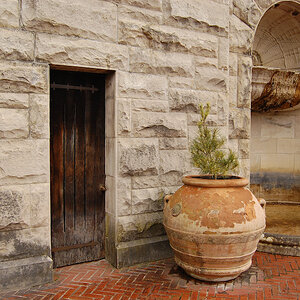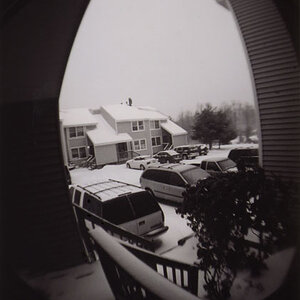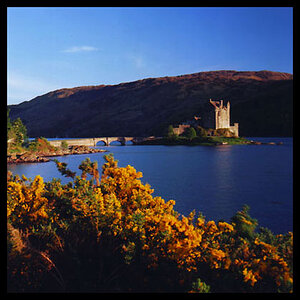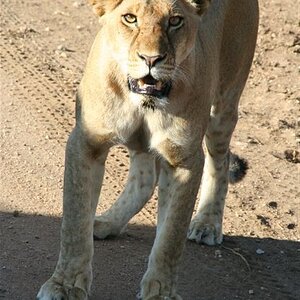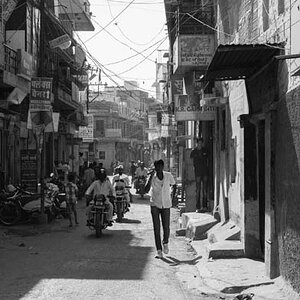paulpippin29
TPF Noob!
- Joined
- Nov 2, 2008
- Messages
- 184
- Reaction score
- 0
- Can others edit my Photos
- Photos OK to edit
Hi all... couple of questions here.
My camera, which is a Canon Rebel XSI has a maximum resolution of 4272 X 2842 in the horizontal orientation, and 2848 X 4272 in the verical orientation. When I view images at these resolutions, having NOT resized them at all... I see alot of "grain"... and I don't want to call it noise, cause I've seen noise related to high iso shots, etc.. and it just doesn't look the same.
Now, I shoot in Manual mode at all times, RAW all the way. The camera is set to do nothing to the images... no in-camera editing is applied at all. I do any and all corrections / enhancments with PSE 7, mainly using ACR, then saving down to the highest quality JPEG that PS allows for when I'm finished.
Once I resize the images, the grain goes away, completly, so does that mean that the grain is simply from the large resolution of the image? Is it my crappy kit lense (I'm sure it doesn't help any) or is it something to do with the camera itself? How can I prevent it, or can I not? I shoot at the lowest possible ISO, which normally, I'm shooting outside with natural daylight, so my ISO is at 100, which is as low as the XSI will go.
Second question concerns printing...
In theory, if I ever start to get paid for my photography, part of my buisness plan, or sales pitch, whichever you might call it... is to give the customer a series of CD's, which would contain original images, fully edited and converted down to JPG for their own personal use. They can go anywhere they wish and have them printed. Now, I'm sure I"m not the first to do that, but my question is this...
I don't want them to load those images up and see that grain. If I were to do things the way I planned, would it be best to resize the images beforehand, or give them the original resolution. If they have the large resolution images, would that not enable them to print "poster" size photo's if they wanted to? In fact, would it be the case that the larger the original image to be printed, the better quality print you'de recieve? I guess the best way to sum this up is into one question... what is the optimum resolution for standard print sizes... 4x6, 8x10, etc... And if I don't resize the images, and allow the grain to stay, would it show up on the printed photo?
I'm clueless to printing, so forgive me for that. Ok, that's it, sorry for the long post as always, and thanks for reading and advising
Oh, I was gonna post an example that I took today, but when I uploaded it to Photobucket, it downsized the image to 1 meg in size, which also go rid of the grain, so I figured it was pointless.
Ok paulk... here's the example ( I didn't even think about cropping initially)

This was just a test shot of a flower in my back yard, and you can really see the grain in the flower petal.
My camera, which is a Canon Rebel XSI has a maximum resolution of 4272 X 2842 in the horizontal orientation, and 2848 X 4272 in the verical orientation. When I view images at these resolutions, having NOT resized them at all... I see alot of "grain"... and I don't want to call it noise, cause I've seen noise related to high iso shots, etc.. and it just doesn't look the same.
Now, I shoot in Manual mode at all times, RAW all the way. The camera is set to do nothing to the images... no in-camera editing is applied at all. I do any and all corrections / enhancments with PSE 7, mainly using ACR, then saving down to the highest quality JPEG that PS allows for when I'm finished.
Once I resize the images, the grain goes away, completly, so does that mean that the grain is simply from the large resolution of the image? Is it my crappy kit lense (I'm sure it doesn't help any) or is it something to do with the camera itself? How can I prevent it, or can I not? I shoot at the lowest possible ISO, which normally, I'm shooting outside with natural daylight, so my ISO is at 100, which is as low as the XSI will go.
Second question concerns printing...
In theory, if I ever start to get paid for my photography, part of my buisness plan, or sales pitch, whichever you might call it... is to give the customer a series of CD's, which would contain original images, fully edited and converted down to JPG for their own personal use. They can go anywhere they wish and have them printed. Now, I'm sure I"m not the first to do that, but my question is this...
I don't want them to load those images up and see that grain. If I were to do things the way I planned, would it be best to resize the images beforehand, or give them the original resolution. If they have the large resolution images, would that not enable them to print "poster" size photo's if they wanted to? In fact, would it be the case that the larger the original image to be printed, the better quality print you'de recieve? I guess the best way to sum this up is into one question... what is the optimum resolution for standard print sizes... 4x6, 8x10, etc... And if I don't resize the images, and allow the grain to stay, would it show up on the printed photo?
I'm clueless to printing, so forgive me for that. Ok, that's it, sorry for the long post as always, and thanks for reading and advising
Oh, I was gonna post an example that I took today, but when I uploaded it to Photobucket, it downsized the image to 1 meg in size, which also go rid of the grain, so I figured it was pointless.
Ok paulk... here's the example ( I didn't even think about cropping initially)

This was just a test shot of a flower in my back yard, and you can really see the grain in the flower petal.
Last edited:




 ).
).